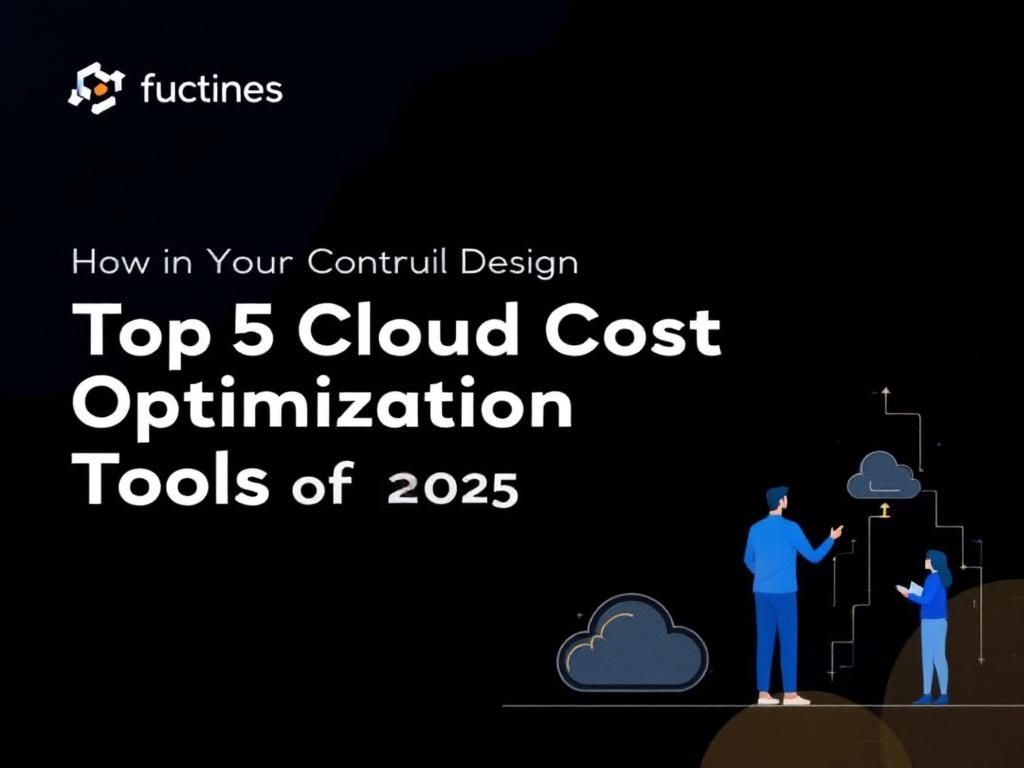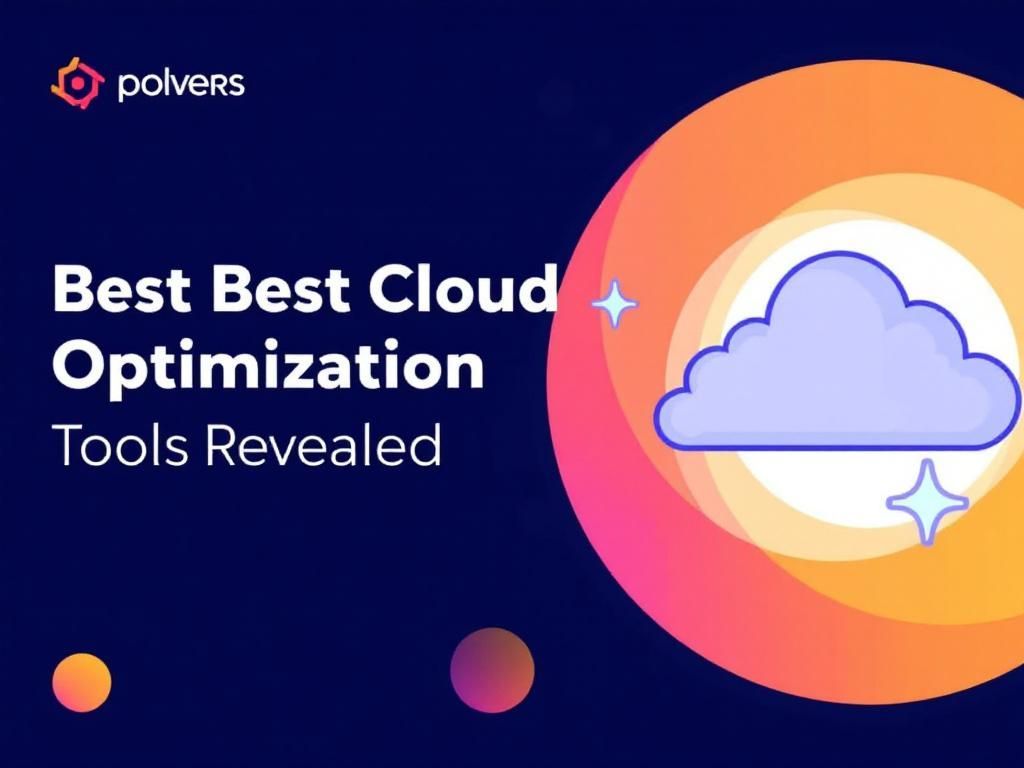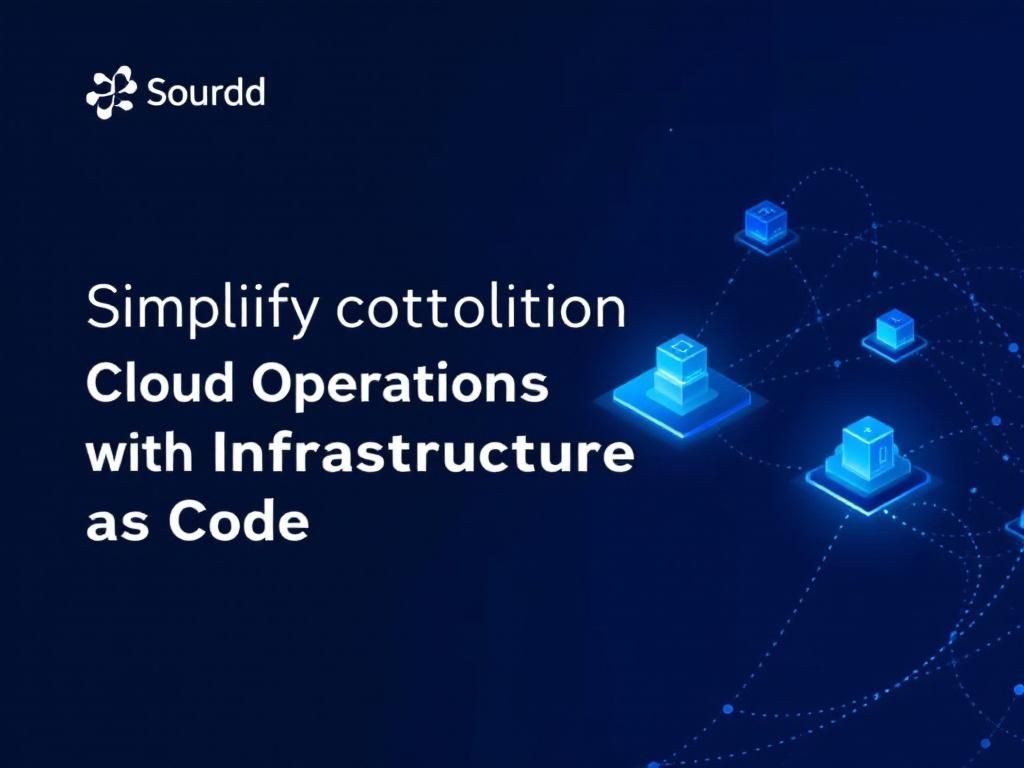Seamless Hybrid IT: Bridging Cloud and On-Premise Solutions
Explore how seamless hybrid IT integrates cloud and on-premise solutions for enhanced efficiency and flexibility in business operations.

The rapid evolution of technology has ushered in an era where businesses are increasingly adopting hybrid IT strategies, blending both cloud and on-premise solutions to optimize performance, flexibility, and cost. This approach not only enhances data management and application deployment but also provides a pathway for organizations to remain competitive in a dynamic market. In this article, we will explore the essentials of seamless hybrid IT, its benefits, various deployment strategies, and best practices for successful implementation.
Table of Contents
Understanding Hybrid IT
Hybrid IT refers to the integration of cloud services with traditional on-premise infrastructure. This model allows organizations to maintain their existing data centers while leveraging the scalability and flexibility of cloud computing. By creating a cohesive IT environment, businesses can achieve operational efficiency, improve data security, and gain better control over their resources.
The Components of Hybrid IT
A seamless hybrid IT environment typically consists of the following components:
- On-Premise Infrastructure: Traditional data centers or servers where critical applications and sensitive data are housed.
- Public Cloud Services: Third-party cloud platforms that offer scalable resources and services, such as computing power and storage.
- Private Cloud: Dedicated cloud services that are exclusively used by a single organization, providing enhanced security and control.
- Integration Tools: Software and technologies that enable communication and data transfer between on-premise and cloud environments.
Benefits of a Hybrid IT Approach
A hybrid IT strategy offers several advantages:
- Flexibility: Organizations can scale their IT resources up or down based on demand without the constraints of physical hardware.
- Cost Efficiency: By utilizing cloud services, businesses can reduce capital expenditure and pay only for what they use.
- Enhanced Security: Sensitive data can remain on-premise while less critical workloads can be migrated to the cloud, balancing security and accessibility.
- Improved Performance: Businesses can optimize workloads by leveraging the strengths of both environments, ensuring faster data processing and response times.
Deployment Strategies for Hybrid IT
When implementing a hybrid IT environment, organizations can choose from several deployment strategies:
1. Cloud Bursting
This strategy allows a business to handle increased workloads by temporarily moving operations to the cloud during peak times. For instance:
- During high traffic events, such as a product launch, resources are scaled in the cloud.
- Once the demand subsides, workloads are shifted back to the on-premise infrastructure.
2. Data Backup and Disaster Recovery
Using the cloud for backup and disaster recovery helps ensure business continuity without the costs associated with maintaining duplicate on-premise systems. Key steps include:
- Regularly backing up data to a cloud service.
- Implementing recovery solutions that leverage cloud resources for quick restoration.
3. Application Development and Testing
Development teams can use cloud environments to quickly provision resources for testing applications without affecting on-premise systems:
- Rapid deployment of testing environments.
- Collaboration across teams and geographic locations.
- Seamless integration with CI/CD pipelines.
Best Practices for Seamless Hybrid IT Implementation
To ensure a successful hybrid IT deployment, organizations should follow these best practices:
1. Assess Compatibility
Before deciding on a hybrid IT model, it is essential to assess the compatibility of applications and data types with both environments. Consider:
- Data sensitivity and compliance requirements.
- Integration capabilities of existing applications.
- The potential for latency issues in real-time applications.
2. Employ Robust Integration Tools
Utilizing integration platforms can help streamline data sharing and management between on-premise and cloud services. Look for tools that offer:
- APIs for seamless communication.
- Automated synchronization of data.
- Monitoring and reporting capabilities.
3. Focus on Security
Security is paramount in a hybrid IT strategy. Ensure that appropriate measures are in place, including:
- Encryption of data both in transit and at rest.
- Comprehensive identity and access management.
- Regular security audits and vulnerability assessments.
4. Maintain Clear Policies
Establish clear policies for data governance, usage, and management to avoid confusion among teams. Key elements to consider:
- Defining roles and responsibilities.
- Guidelines for data handling and sharing.
- Establishing protocols for incident response.
5. Continuous Monitoring and Optimization
Once implemented, a hybrid IT strategy requires continuous monitoring to ensure optimal performance. This includes:
- Using analytics tools to track resource usage.
- Regularly reviewing workload distribution.
- Identifying areas for improvement or cost savings.
Conclusion
A seamless hybrid IT strategy can significantly enhance organizational agility and resilience by combining the advantages of both on-premise and cloud solutions. By understanding the components, benefits, deployment strategies, and best practices for hybrid IT, businesses can position themselves to harness the full potential of their IT resources. As technology continues to evolve, embracing a hybrid approach will be essential for organizations aiming to thrive in a competitive landscape.
FAQ
What is Seamless Hybrid IT?
Seamless Hybrid IT refers to an integrated IT environment that combines both on-premise infrastructure and cloud services, allowing organizations to leverage the benefits of both systems while ensuring smooth data and application flow.
What are the benefits of a Seamless Hybrid IT approach?
The benefits include enhanced flexibility, improved scalability, cost efficiency, better resource utilization, and the ability to maintain control over sensitive data while taking advantage of cloud innovations.
How can businesses implement Seamless Hybrid IT?
Businesses can implement Seamless Hybrid IT by assessing their current infrastructure, choosing the right cloud service providers, ensuring proper integration of on-premise and cloud solutions, and adopting tools for management and monitoring.
What challenges might organizations face with Seamless Hybrid IT?
Organizations may face challenges such as data security concerns, integration complexity, compliance issues, and the need for skilled personnel to manage the hybrid environment effectively.
Is Seamless Hybrid IT suitable for all types of businesses?
Yes, Seamless Hybrid IT can be beneficial for businesses of all sizes and sectors, especially those requiring flexibility in resource management and those with regulatory compliance needs.
What tools are available for managing Seamless Hybrid IT environments?
There are various tools available, such as cloud management platforms, integration middleware, and monitoring solutions that facilitate the management of both on-premise and cloud resources to ensure a cohesive IT strategy.








